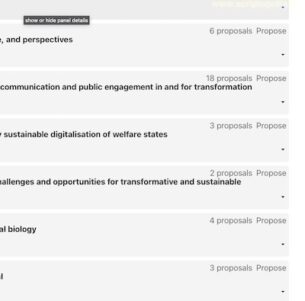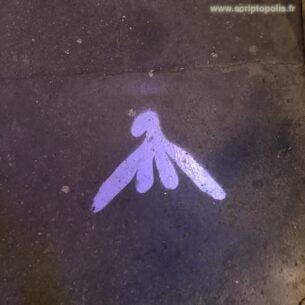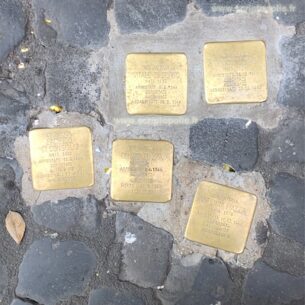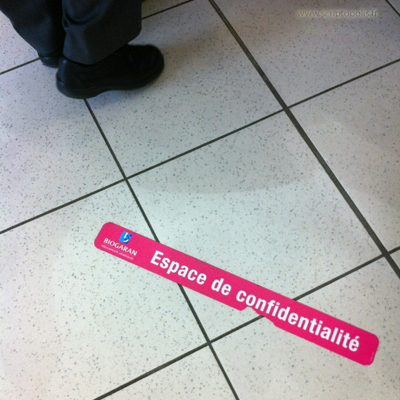Confidential
Paris, march 2014.
Controlling the circulation of information has been crucial in human relationships for a long time. Mutual trust is a means to keep a secret, being at the core of a family history, an industrial process, or a political strategy. And distinct writing technologies have been widely used as means to protect information from unexpected or ill-intentioned readers. Coded messages suppose for the reader to know the decryption key; invisible inks can be made visible only if one applies the appropriate method to reveal information. Sealed letters, a fundamental legal principle, were used to guarantee they would not be open when in transit and their content unrevealed. Each technology ascribes specific positions to the sender, the recipient and any third parties that might intercept the message.
While waiting on a queue in any public office, one might be so eager to be the next that she gets too close to the previous person. To prevent such a territorial intrusion, in this drugstore, a particular inscription reminds customers how important confidentiality is. A space must be kept empty between the person at the booth, explaining her case, and the other ones in the queue. In this manner, personal and medical information is supposed to circulate in the confined face to face interaction with the pharmacist only. Everyone who has already experienced such a situation knows that one usually hears what is said. But the territories of the self, stressed out by Goffman, are enlarged with this writing technology. Not only the latter marks the limits of the queue, but it literally equips anyone’s back during interaction at the booth, so that stamping the inscription equals to completely fall to respect her sacred face.







